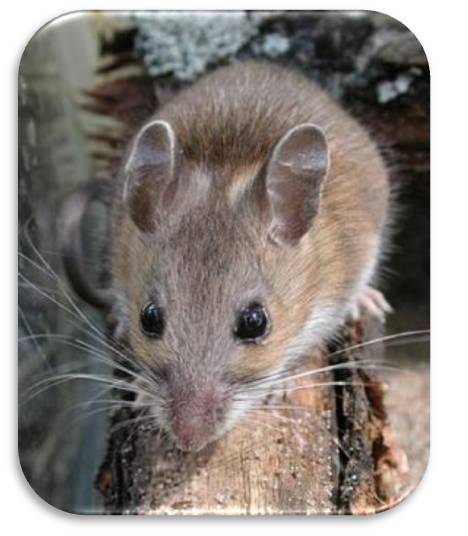|
2010 BioMaPS Projects |
|
|
|
Student Fellows: Callie Wilson (Biology/Education) and Erin Keeney (Wildlife Biology) Faculty Advisors: Dr. Terry Derting (Biology) and
Dr. K. Renee Fister
(Mathematics & Statistics)
This group studied the energetic cost of immune function in old-field mice (Peromyscus polionotus).
With increasing environmental disturbance and stress, wild animals may
be less able to mount costly immune defenses leading to increased
occurrence of disease and infections.
|
|
Student Fellows: Morgan Geile (Conservation Biology) and Jessica Whitaker (Mathematics/Biology) Faculty Advisors: Dr. Howard Whiteman (Biology), Dr. Emily Croteau (Biology) and
Dr. Chris Mecklin (Mathematics & Statistics) This investigation involved developing molecular markers for parentage assignment to determine reproductive success in salamanders. The tiger salamander (Ambystoma tigrinum nebulosum) and mole salamander (Ambistoma talpideum) are two species that exhibit facultative paedomorphosis, an envrionmetally-cued polyphenism whereby depending on the environment experienced during larval development, individuals either metamorphose into terrestial adults or become paedomorphic, branciate morphs. Since little data exists on the fitness payoffs to alternative morphs, microsatellite markers will be used to determine parentage of particular morphs, trace inheritance of morphs within families, and follow patterns of reproductive success.
|
|
Student Fellows: Samantha Erwin (Mathematics) and Aron Huckaba (Mathematics/Chemistry/Biology) Faculty
Advisors: Dr. Kate He (Biology) Alternanthera
philoxeroides, more commonly known as alligator weed is
|
|
| Back to Biomathematics Home Page | College of Science Engineering & Technology | |













